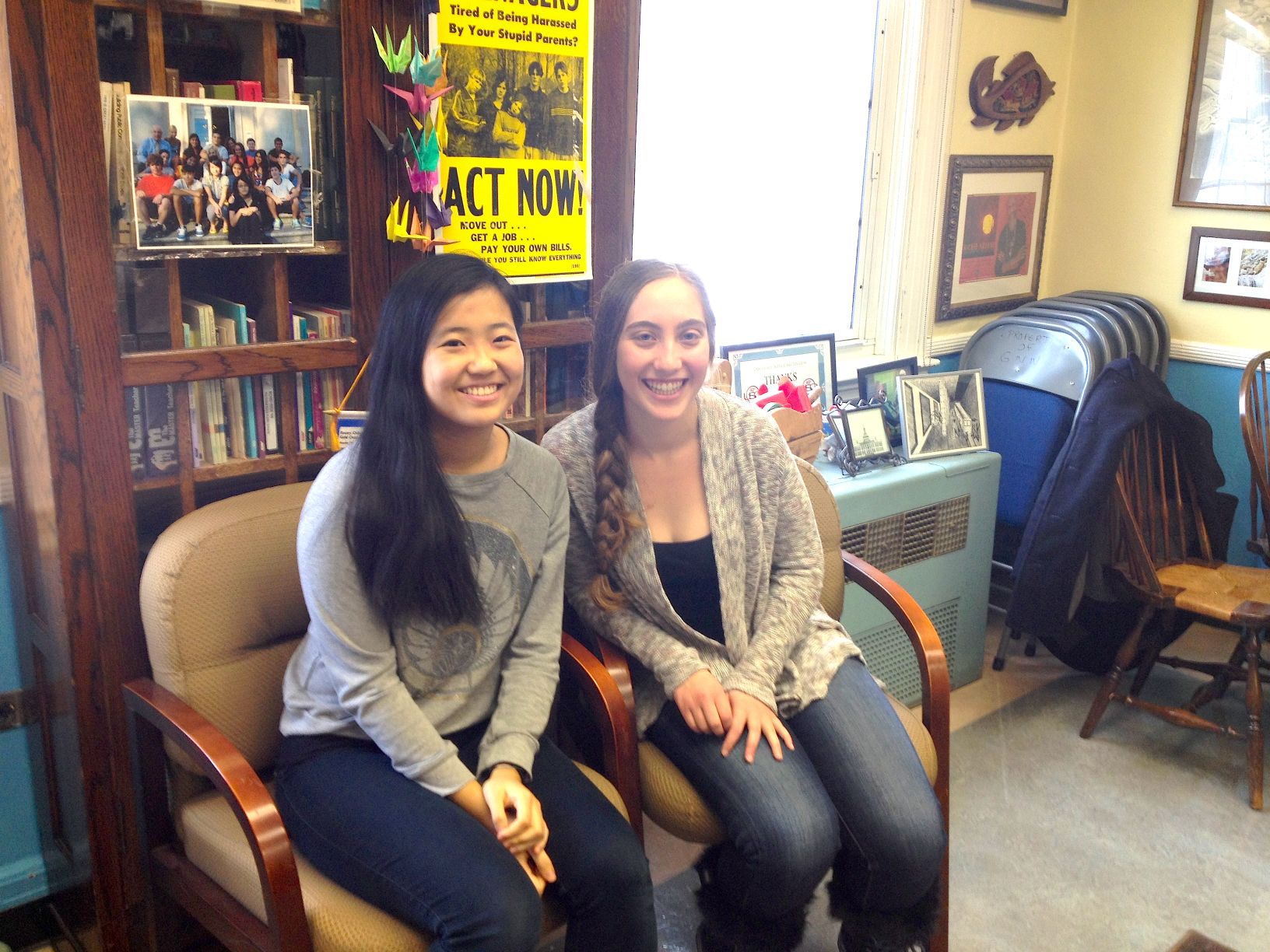The research that earned Great Neck North High School senior Monica Beeferman one of the district’s four semifinal selections in the 2015 Intel Science Talent Search began with a friendship and a disease.
Beeferman said her interest in studies that led to her report “Intracellular Crosstalk in Protein Aggregation of E. coli Cells: An Examination of the Proteostasis Network,” began when she was in eighth grade and wanted to better understand a friend’s severe form of muscular dystrophy.
“There are proteins in all cells that fold to maintain stability, and there is a shape each protein folds in to determine how the protein will function,” she said. “When you have one that doesn’t fold correctly, you get diseases, such as Parkinson’s Disease…and other neurodegenerative diseases.”
Her project, as well as projects by Great Neck North High School senior Jessy Lin and Great Neck South High School’s Robbin Jang and Jay Zussman, made her one of 300 semifinalists announced by Intel on Wednesday. Semifinalists will receive a $1,000 award and an additional $1,000 will go to each semifinalist’s high school.
Intel will name 40 finalists on Jan. 21 who will then compete in Washington D.C. from March 5-11 for three medals of distinction awards of $150,000, three $75,000 second-place awards and three $35,000 third-place awards. All finalists receive at least $7,500. Winners would then attend a black-tie gala at the National Building Museum on March 10.
Lin’s project, titled “Top-down and Bottom-up Interaction in Spoken Word Recognition,” investigates how prior knowledge of words and what someone is hearing impacts that person’s perception of a word, she said.
Lin said she has always had an interest in the scientific process.
“I got really into math in middle school,” Lin said. “I liked the idea of having a project of my own to do.”
Both Beeferman and Lin participate in the school’s science research seminar, a course a student can take throughout their years at Great Neck North. The senior section of the class has less than 10 people in it, and Beeferman and Lin have both been in the seminar since their freshman years.
The projects the two did for the Intel competition required two summers of intensive research at university laboratories.
Beeferman said she did her research at the University of Massachusetts in Amherst both this past summer and the summer before, and Lin said she did hers one summer at New York University Polytechnic School of Engineering and one summer at Columbia University.
“I just reached out to professors in the area,” Lin said.
Beeferman said in her second summer doing research she was living as though she was a college student already.
“I was completely independent,” Beeferman said. “I was living on my own, making my own meals and everything.”
The goal for Jang’s project, titled “Synthesis and observations of novel acetyl-CoA carboxylase inhibitors: precursors to bivalent compounds,” was to find new ways to design and synthesis drugs to combat diseases caused by bacteria, such as Methicillin-resistant Staphylococcus aureus, or MRSA, she said.
“I was interested in how drugs work,” Jang said. “Most drugs that fight bacteria work the same way – they target bacterial proteins. A lot of drugs used to combat infections combat the proteins.”
Jang said she designed several chemical compounds to be drugs and tested them in bacteria, seeing how effective they were in killing the bacteria.
At Great Neck South, Jang said, most of the work was done independently, but with teacher guidance.
Jang said she worked at the Tonge laboratory at Stony Brook University during the summer on her research and continued her work at school in the fall.
She said she has always had a general interest in science, but that it wasn’t always so intensive.
“My interest started with science documentaries on TV, and in middle school I got into the core sciences,” Jang said. “In high school I enrolled during freshman year in the research class.”
Jang said the Great Neck School district is very competitive, especially when one sees other people winning awards. She said she was shocked when she found out she was an Intel finalist.
“I was an okay student, but not top of the top,” Jang said. “Intel isn’t just about the project – it’s also about essays, and you have to send in your high school transcript. I just didn’t think I could compare to other students who were also applying to Intel.”
Zussman, whose project title was “Zip1 C-terminal phosphorylation promotes Zip1-Sgs1 interaction in meiotic cells,” said it can be intimidating to be around so many talented people in the school district, but that he tries to focus on accomplishing his own goals.
“Though there were fleeting moments of doubt and of insecurity, I’ve tried to keep myself strong through all of that by making sure I’m staying close to what I believe in and staying true to my ambitions.”
Zussman’s project is all about meiosis, the special type of cell division that creates sex cells. Zussman said he discovered a mechanism that allows for the formation of sex cells even as errors accumulate in the cell division process, which can lead to disorders such as Down Syndrome.
“I’ve always been really fascinated with how existing life can be applied to new life,” Zussman said. “I wanted to learn more about life and how it functions and how complex organisms can build offspring.”



